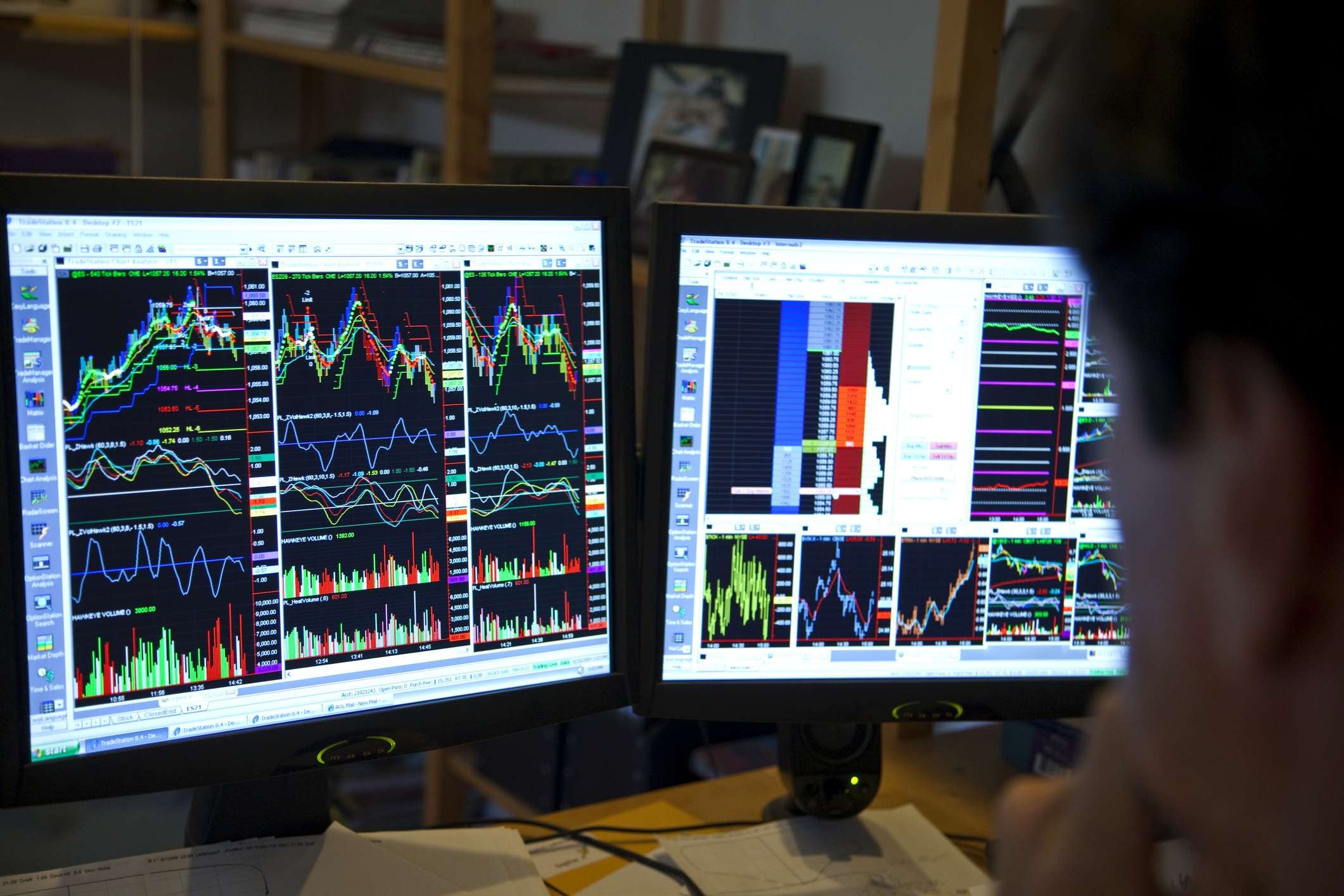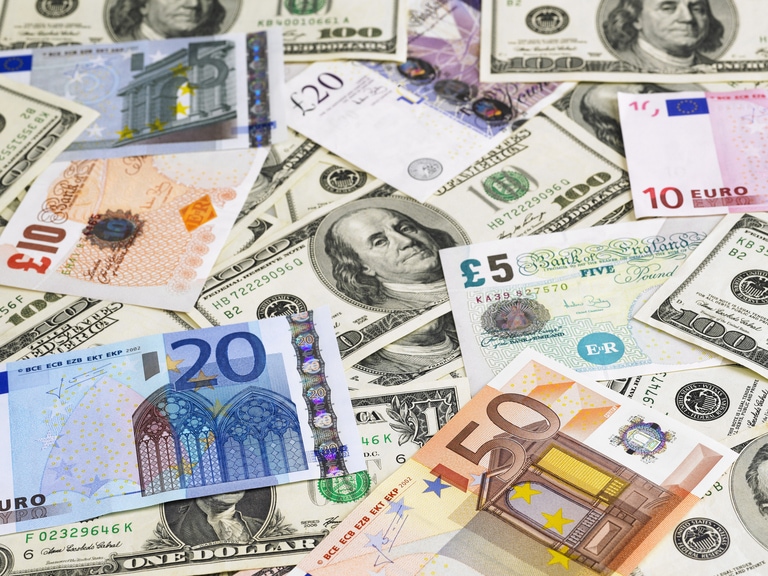Last week saw another record-breaking week for the FTSE 100, which along with the France CAC 40 managed to post new all-time highs, as well as a record weekly close.
European markets have managed to get off to a strong start to the year, as have US markets, although in the last couple of weeks the momentum for US markets has started to stall, with the S&P 500 closing lower for the second week in succession, while the Nasdaq 100 is also starting to show signs of exhaustion. This divergence between US and European markets has become more evident in the past two weeks, and could face a further test later this week with the US Federal Reserve's FOMC minutes, which are due on Wednesday, as well as the January core PCE inflation data on Friday.
US markets got shaken out of their complacency earlier this month with a bumper non-farm payrolls report of 517,000 for January, and since then the economic data has come in hotter than expected. Higher than expected CPI and PPI numbers, along with a 3% rise in January retail sales has sent ripples through the bond market, pushing US 2-year yields briefly back above 4.7%, and close to highs last seen in November last year.
US equity markets have for now been able to shrug off this sharp rise in yields that we’ve seen since the beginning of the month. Back then markets were taking the rather naïve view that central banks would start cutting rates before the end of this year in the face of sharply falling inflation. Now that the bond market is now starting to price what Fed policymakers have been saying more closely, there is this feeling that equity markets are not, and are pricing in way too much optimism.
Last week also saw a shift in tone from a number of Fed policymakers, albeit those who don’t have a vote this year. Cleveland Fed president Loretta Mester said that she saw a compelling case for a 50bps rate move at the last FOMC meeting, raising the question as to whether she was alone in thinking that, and surprising quite a few people who felt that there had been a broad consensus from central bank officials over hiking rates by 25bps a few weeks ago. Following on from that intervention, St Louis Fed president James Bullard went further by saying that a return to a 50bps hike in March might be appropriate given the strength of recent data.
While US markets managed to close well off their lows of the day on Friday, the last two weeks have been rather messy, with little in the way of overall direction. Today looks set to see markets in Europe open modestly higher against a backdrop of continued weakness in energy prices, which is relieving some of the worst-case economic scenarios that were being modelled at the end of last year. It's also likely to be a relatively subdued session given the absence of US markets due to the Presidents Day holiday.
EUR/USD – fell to the 1.0610 area before rebounding to the highs of the day on Friday, but still remains below the 50-day SMA currently at 1.0730. The bias remains for a move towards the 1.0480 level, while below the 1.0800 area.
GBP/USD – rebounded off the 200-day SMA at the end of last week, keeping the current range between support at 1.1920/30 and resistance at the 50-day SMA at 1.2180 intact. Below 1.1920 retargets the 1.1835 area, while we need to see a move through 1.2300 to reopen a move towards 1.2400.
EUR/GBP – last week’s failure at the 0.8930 area saw the euro slip back to the 0.8870 area. Below 0.8860 reopens a move back towards support at the 50-day SMA at 0.8810 area.
USD/JPY – moved up to the 135.10 area last week after breaking above the 50-day SMA last week now at 132.00. This should now act as support for a move towards the 200-day SMA at 136.70.






